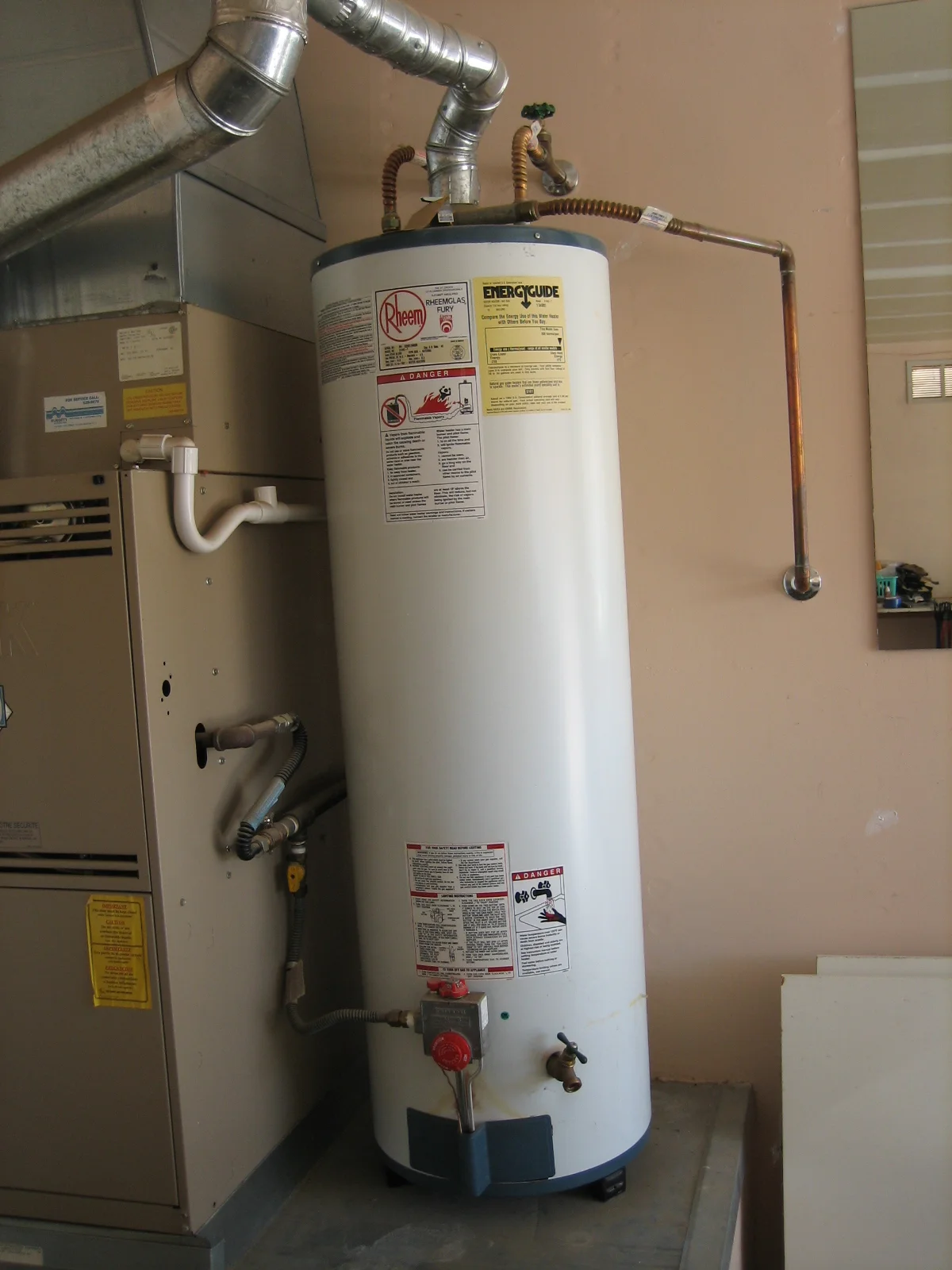How to Care for Your Home's Hot Water System EffectivelyHow to Properly Maintain Your Home's Hot Water System
How to Care for Your Home's Hot Water System EffectivelyHow to Properly Maintain Your Home's Hot Water System
Blog Article
What're your thoughts concerning Water Heater Maintenance Tips You Can't Afford to Forget?
:max_bytes(150000):strip_icc()/how-to-drain-a-water-heater-2719055-hero-35f0548b0f1f42f0b13ba96a33ab8da2.jpg)
Hot water is essential for everyday comfort, whether it's for a refreshing shower or washing recipes. To guarantee your hot water system runs efficiently and lasts much longer, regular upkeep is key. This post offers practical ideas and understandings on how to keep your home's hot water system to avoid disturbances and expensive repair work.
Intro
Preserving your home's hot water system could appear challenging, however with a few straightforward steps, you can guarantee it operates efficiently for many years to come. This overview covers whatever from understanding your warm water system to DIY upkeep suggestions and knowing when to employ professional aid.
Significance of Preserving Your Warm Water System
Routine upkeep not only prolongs the lifespan of your hot water system yet also guarantees it operates successfully. Overlooking upkeep can result in lowered effectiveness, higher energy costs, and even early failing of the system.
Indications Your Hot Water System Needs Upkeep
Knowing when your warm water system requires focus can stop significant issues. Watch out for indicators such as inconsistent water temperature, unusual noises from the heating system, or rustic water.
Recognizing Your Hot Water System
Prior to diving into maintenance tasks, it's practical to comprehend the fundamental parts of your warm water system. Generally, this includes the hot water heater itself, pipelines, anode rods, and temperature level controls.
Month-to-month Maintenance Tasks
Regular monthly checks can aid catch minor problems before they escalate.
Flushing the Hot Water Heater
Purging your hot water heater gets rid of debris buildup, boosting efficiency and lengthening its life.
Monitoring and Replacing Anode Rods
Anode rods prevent corrosion inside the tank. Inspecting and changing them when worn is vital.
Checking and Changing Temperature Settings
Adjusting the temperature level setups makes sure ideal performance and safety.
Do It Yourself Tips for Maintenance
You can carry out several maintenance tasks yourself to maintain your warm water system in leading condition.
Looking for Leaks
Frequently inspect pipes and links for leaks, as these can result in water damages and greater costs.
Examining Stress Alleviation Valves
Evaluating the pressure safety valve guarantees it works properly and prevents too much pressure buildup.
Insulating Pipes
Protecting hot water pipes minimizes warm loss and can conserve power.
When to Call an Expert
While do it yourself upkeep is useful, some problems require specialist expertise.
Facility Problems Needing Professional Assistance
Examples consist of major leaks, electric issues, or if your water heater is consistently underperforming.
Routine Specialist Maintenance Conveniences
Expert upkeep can consist of extensive examinations, tune-ups, and guaranteeing conformity with security criteria.
Conclusion
Normal maintenance of your home's hot water system is crucial for performance, longevity, and price savings. By following these pointers and understanding when to look for expert assistance, you can ensure a dependable supply of warm water without unanticipated interruptions.
How to Maintain an Instant Hot Water Heater
Before tinkering with your hot water heater, make sure that it’s not powered on. You also have to turn off the main circuit breaker and shut off the main gas line to prevent accidents. Also turn off the water valves connected to your unit to prevent water from flowing into and out of the appliance. 2. When you’re done, you have to detach the purge valves’ caps. These look like the letter “T” and are situated on either side of the water valves. Doing so will release any pressure that has accumulated inside the valves while at the same time avoid hot water from shooting out and burning your skin. 3. When the purge valves’ caps are removed, you have to connect your hosing lines to the valves. Your unit should have come with three hoses but if it didn’t, you can purchase these things from any hardware or home repair shops. You can also get them from retail stores that sell water heating systems. Read the user’s manual and follow it to complete this task properly. When the hosing lines are connected, open the purge port’s valves. 4. You should never use harsh chemical cleaners or solutions when cleaning your unit. Make use of white vinegar instead. It should be undiluted and you’ll probably use about 2 gallons. 5. Now flush your water heater. This task should probably take about 40 minutes. We can’t give you specific directions for this because the procedure is carried out depending on the type, model and brand of your heater. With that being said, refer to the user’s manual. 6. When you’re done draining the unit, you have to turn off the purge port valves again. Remove the hosing lines that you earlier installed on each of the water valves. Put the valve caps (purge port) back in their respective places and be very careful so as not to damage the rubber discs that are found inside these caps. 7. Now that everything’s back in place, check your user’s manual again to find out how to reactivate your water heating system. 8. Once it is working, turn one of your hot water faucets on just to let air pass through the heater’s water supply pipes. Leave the tap on until water flows smoothly out of it. https://www.orrplumbing.com/blog/2014/september/how-to-maintain-an-instant-hot-water-heater/

As a person who reads on Water Heater Maintenance Tips You Can't Afford to Forget, I assumed sharing that excerpt was a great idea. In case you liked our post kindly be sure to pass it around. Many thanks for being here. Come back soon.
Click Here Report this page